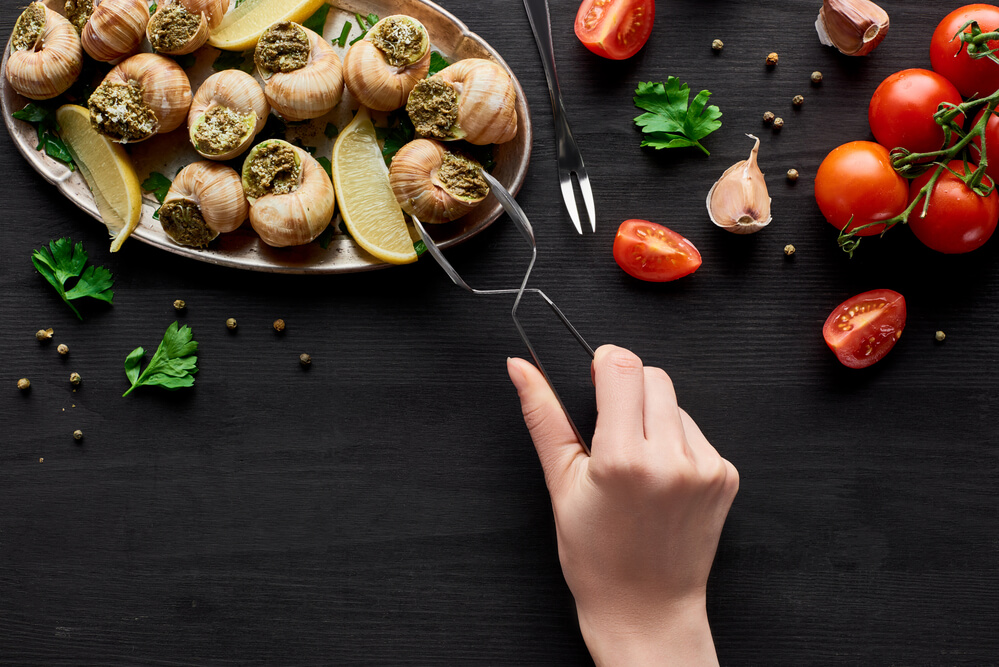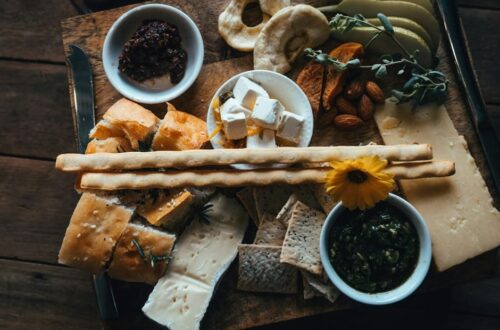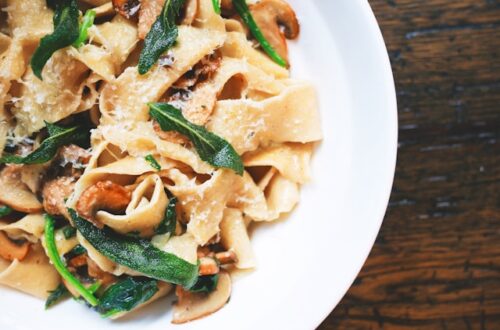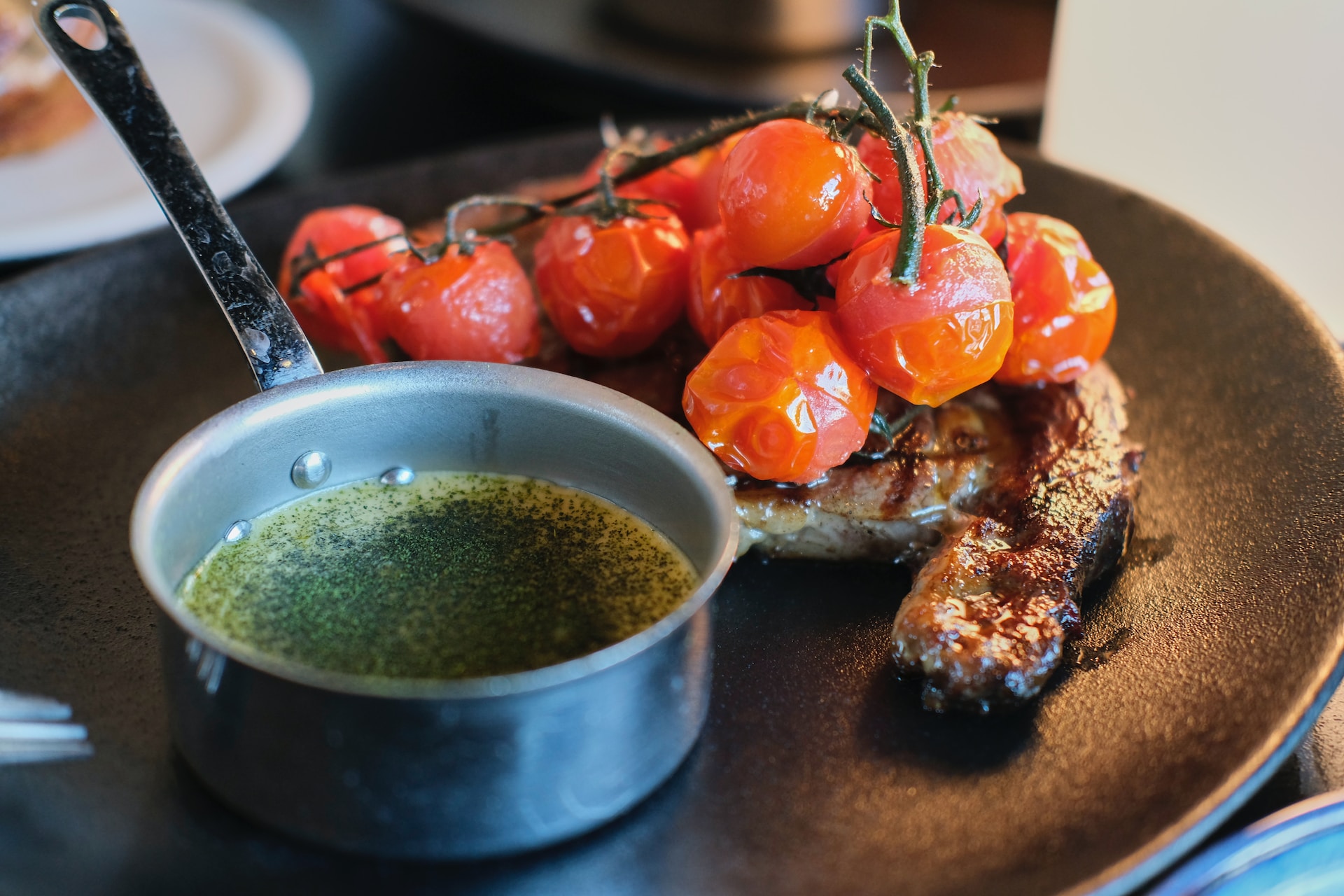
Bon Appétit à la Française: Delight in Classic French Dishes Reimagined
Introduction to French Cuisine
Get ready to embark on a delightful culinary journey through the wonders of French cuisine! Known as one of the finest and most influential gastronomies in the world, French cuisine captivates food enthusiasts with its rich history, fresh ingredients, and artistic presentation.
With a reputation spanning centuries, French cuisine has evolved into a true culinary pinnacle. Each dish embodies a combination of tradition and creativity, resulting in an unforgettable dining experience. The use of fresh, seasonal ingredients is at the heart of French cooking, paired with an emphasis on intricate flavors and inviting aromas.
The artistry inherent in French cuisine is evident in how each dish is meticulously presented. From starters to desserts, every plate is crafted like a masterpiece, engaging both the palate and the eyes. The commitment to perfection is reflected in the precision and care taken during food preparation.
French cuisine has had a profound influence on the global culinary stage. It exemplifies sophistication and elegance, inspiring chefs and home cooks alike to elevate their creations. French cuisine’s influence can be seen in diverse culinary traditions worldwide, as different cultures harness its techniques and adapt them to their own flavors and styles.
Whether you’re indulging in a classic coq au vin, relishing the tender flavors of beef bourguignon, or immersing yourself in the unique textures of escargots, each bite guarantees a celebration of taste and heritage. French cuisine effortlessly marries distinct flavors to create harmonious combinations that leave a lasting impression.
So, prepare your taste buds for a whirlwind journey through France’s culinary treasures. Join us as we discover incredible regional specialties, explore traditional cooking techniques, savor iconic dishes, and experience the magic of French pastries and wine pairings.
Whether you’re already a devoted admirer or just beginning to appreciate French cuisine, this guide is your gateway to a world of extraordinary flavors, culinary traditions, and unforgettable dining experiences.
Evolution and Influence of French Cuisine
French cuisine has a rich history that dates back centuries. Over time, it has evolved and been shaped by influences from various regions and cultures, making it the internationally renowned cuisine it is today.
Throughout history, French cuisine has been influenced by neighboring countries and cultures. It has absorbed elements from Italian, Spanish, and German cuisines, among others. These influences have contributed to the diversity and adaptability of French dishes.
In addition to foreign influences, French cuisine has also been shaped by regional traditions within France itself. The country’s varied climate, landscape, and agricultural practices have given rise to a wide range of ingredients and culinary specialties. From the butter-rich dishes of Normandy to the herb-infused Provençal cuisine, each region contributes its gastronomic treasures to French culinary heritage.
While French cuisine has deep roots in tradition, it has also successfully adapted to modern tastes without compromising its essence. Chefs have reimagined classic French dishes by incorporating new ingredients, techniques, and flavor combinations.
One notable aspect of this adaptation is the incorporation of international influences into French gastronomy. Fusion cuisine has become a popular trend, as chefs experiment with blending traditional French flavors and techniques with those from other cuisines. This mixing of culinary traditions not only adds new dimensions to French cuisine but also reflects the multicultural nature of contemporary society.
Another way in which French cuisine has evolved is through the incorporation of modern cooking techniques and technologies. While traditional techniques like sautéing and braising continue to play a vital role, chefs also utilize newer methods like sous vide cooking to enhance flavors and textures. This balance between tradition and innovation allows for constant renewal and reinvention within French gastronomy.
Throughout its evolution, French cuisine has remained true to its core values of fresh ingredients, rich flavors, and artistic presentation. While embracing change and new influences, the essence of French cooking perseveres, creating a cuisine that delights both traditionalists and adventurous food enthusiasts alike.
Must-Try Classic French Dishes
When it comes to French cuisine, there are certain dishes that stand out as must-tries for any food enthusiast. These iconic French classics not only showcase the rich history and culture of the country, but also delight the taste buds with their unique flavors. Here are ten classic French dishes that you simply cannot miss:
- Coq au Vin: Originating from the Burgundy region, coq au vin is a hearty dish of chicken braised in red wine, typically paired with mushrooms, onions, and bacon. The result is a combination of tender chicken and a rich, flavorful sauce;
- Beef Bourguignon: Also hailing from the Burgundy region, beef bourguignon is a slow-cooked dish of tender beef stewed in red wine with aromatic herbs, vegetables, and mushrooms. It offers a comforting and robust flavor profile;
- Escargots: A delicacy in French cuisine, escargots are snails cooked in garlic butter, often served as an appetizer or as part of a main course. The unique texture and earthy flavor make them a delight for adventurous eaters;
- Duck Confit: This specialty from Gascony involves slow-cooking duck legs in their own fat, resulting in tender meat with crispy skin. Served with accompaniments like roasted potatoes or lentils, this dish is a true indulgence;
- Ratatouille: Hailing from the sunny region of Provence, ratatouille is a vegetable medley featuring eggplant, zucchini, bell peppers, tomatoes, and fragrant herbs. It is both a vibrant and hearty dish;
- Bouillabaisse: Originally from Marseille, bouillabaisse is a fish stew made with various types of Mediterranean fish and shellfish, flavored with saffron, fennel, garlic, and other herbs. It is a true taste of the sea;
- Quiche Lorraine: A staple in French cuisine, quiche Lorraine is a savory egg custard tart filled with bacon and cheese. The combination of creamy filling and crispy crust makes it a popular choice for brunch or lunch;
- Cassoulet: Originating from the southwestern region of France, cassoulet is a rich slow-cooked casserole made with white beans, sausages, and various meats like pork, duck, or lamb. It is a comforting and satisfying dish;
- Bouillabaisse: Originally from Marseille, bouillabaisse is a fish stew made with various types of Mediterranean fish and shellfish, flavored with saffron, fennel, garlic, and other herbs. It is a true taste of the sea;
- Crème Brûlée: This classic French dessert consists of a creamy vanilla custard base topped with a layer of caramelized sugar. The contrasting textures of the smooth custard and brittle caramel create a delightful eating experience.
Each of these dishes represents a unique facet of French gastronomy with its distinct ingredients, flavors, and techniques. Whether you’re dining in France or at a French restaurant elsewhere, make sure to indulge in these must-try classics to savor the authentic tastes of French cuisine.
Regional Specialties: Exploring French Gastronomic Diversity
France is renowned for its diverse regional cuisines, each influenced by local ingredients, traditions, and preparations. From the bouillabaisse of Provence to the tarte flambée of Alsace, and the boule de Berlin from Brittany, there is a plethora of culinary delights waiting to be discovered.
Provence, located in the southeastern part of France, offers dishes that showcase the region’s abundance of fish and seafood. One must-try specialty is the bouillabaisse, a flavorful fish stew made with a delightful combination of fish, shellfish, herbs, and saffron. The richness of its broth will transport you to the sun-soaked shores of the Mediterranean.
In the northeastern region of Alsace, the tarte flambée takes center stage. This thin, crispy flatbread is traditionally topped with crème fraîche, onions, and smoky bacon. Its unique flavors and texture make it a beloved dish served in traditional Alsatian restaurants.
Meanwhile, in the northwest region of Brittany, the boule de Berlin awaits adventurous food enthusiasts. These sugary, filled doughnuts are a popular treat enjoyed during festivals and holidays. Bite into the fluffy dough and revel in the range of fillings, from classic jam to decadent chocolate or sweet pastry cream.
These examples only scratch the surface of the captivating regional cuisines within France. Each area offers its own gastronomic treasures just waiting to be savored. Whether it’s the hearty cassoulet of the south-western region or the delicate crêpes of the northern region of Normandy, there is an endless array of flavors and textures to explore.
By venturing into different locales and sampling their culinary masterpieces, one can truly grasp the diversity and richness of French gastronomy. It is through these regional specialties that one gains insight into the vibrant traditions, ingredients, and cooking techniques that have shaped French cuisine throughout history.
So pack your bags and embark on a gustatory journey across France, discovering the unique flavors and distinct preparations that each region has to offer. Whether you dive into the culinary delights of sun-drenched Provence or savor the comforting dishes of rustic Brittany, each bite will be a testament to the extraordinary gastronomic heritage that lies at the very heart of France.
Traditional French Techniques
In the world of French cuisine, mastering traditional cooking techniques is essential to achieving the authentic flavors that make these dishes so remarkable. Through methods such as sous vide, braising, sautéing, and deglazing, French chefs are able to create dishes with a complexity and depth that tantalize the taste buds.
- Sous Vide: This technique involves vacuum-sealing food in a plastic pouch and cooking it in a controlled water bath at a precise temperature. The gentle and even heat results in perfectly cooked meat, poultry, and vegetables that retain their natural flavors;
- Braising: Braising is a slow-cooking method that combines dry and moist heat. Usually used for tough cuts of meat, it involves searing the food well and then slowly simmering it in a liquid, such as wine or stock, until tender. The result is meltingly tender meat with an intensely flavorful sauce;
- Sautéing: Sautéing refers to quickly frying food in a small amount of fat over high heat. This technique is commonly used to cook delicate ingredients like vegetables or seafood, giving them a crisp texture while retaining their natural colors and flavors;
- Deglazing: Deglazing is the process of adding liquid, such as wine or broth, to a hot pan to loosen and incorporate the flavorful browned bits stuck to the bottom. This technique is often used to create a rich and savory sauce to complement meat or poultry.
These techniques are not only integral to French cuisine but serve as the foundation for many other global culinary practices. They allow chefs to illustrate their culinary prowess by extracting the optimal flavors from each ingredient and creating complex, well-balanced dishes.
While traditional techniques are at the heart of French cooking, it’s worth noting that modern innovations have also found their place in contemporary French cuisine. Chefs are continually pushing boundaries and experimenting with new approaches, incorporating cutting-edge techniques like molecular gastronomy.
Whether following age-old traditions or exploring new culinary territories, French chefs consistently demonstrate their commitment to elevating cuisines with precision and artistry. Through these techniques, they breathe life into wonderful dishes that appear on tables around the world, each bite reflecting their passion and creativity.




